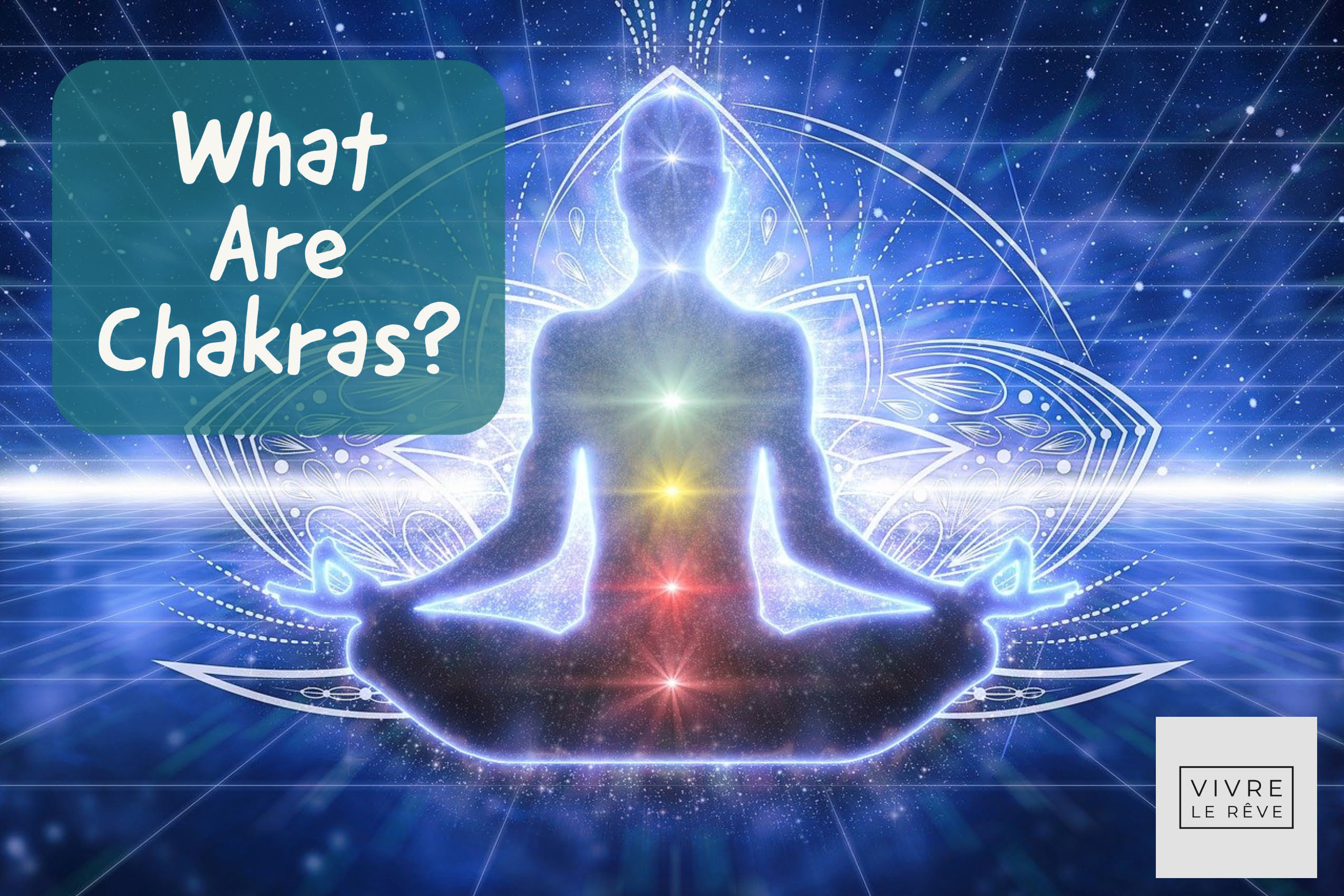If the entire universe is made of energy, then your body is no exception. The seven chakras play an important role in the balance of our bodies. In Ayurveda, the term chakra refers to an energy centre that interacts with both our physical and energetic selves. The word itself is derived from the Sanskrit cakra, meaning “wheel”, pointing to the vortex of swirling energy believed to reside in each chakras location.
If a chakra becomes blocked, it can have a significant impact on physical, mental and emotional wellbeing. Each chakra relies on the health and energetic flow of the others, in order for them to work together.
The chakra system holds your body’s energy and your actions can help keep it in balance. There are seven main chakras that align along the spine, starting from the base of the spine to the crown of the head. The spheres run along the spine, but extend through and past the front, back, and both sides of your body. Chakras are not seen by the human eye but can be seen, felt, and sensed with intuition. This invisible healing energy is a vital life force.
Chakras store the energy of thoughts, feelings, memories, experiences, and actions. They influence and direct our present and future mindset, emotional health, and actions. Chakra healing is the intentional practice of connecting with our stored energy, so we may understand how our past is influencing the present and the future.
Each chakra holds the beliefs, emotions, and memories related to specific areas of our life:
- The lower chakras are related to Earthly matters such as survival, sex, and power.
- The top three chakras are related to higher consciousness, truth, intuition, and purpose.
- In the middle, the heart chakra bridges the two worlds with empathy, love, and compassion.
Chakras roughly correspond with the nervous and endocrine systems in the physical body. First described in ancient Hindu scriptures, chakras have been referenced in Indian, Chinese, Tibetan and Japanese teachings for thousands of years. According to yogic science, they are connected by energy pathways called nadis, Sanskrit for ‘rivers’.
The interaction between nadis and chakras controls the circulation of our life force energy. The ideal state is one in which all seven chakras are open, allowing a balanced flow of energy.
Most traditions agree that there are seven main chakras. Forming a straight line from the base of the spine to the space just above the crown of the head. Each of these seven chakras corresponds with a unique colour, and is responsible for a specific function and emotional experience:
- Muladhara (Root Chakra, Red) — Basic trust, sense of safety, security and being grounded
- Svadisthana (Spleen or Sacral Chakra, Orange) — Pleasure, enjoyment, sexuality and creativity
- Manipura (Navel or Solar Plexus Chakra, Yellow) — Self-esteem and personal power
- Anahata (Heart Chakra, Green) — Love, compassion and forgiveness
- Visuddha (Throat Chakra, Blue) — Expression and communication
- Ajna (Third Eye Chakra, Indigo) — Inspiration, awareness and intuition
- Sahasrara (Crown Chakra, Violet) — Spirituality and enlightenment
When healing the chakras, it’s wise to start with the root chakra. To explore ideas related to safety, belonging, finances, and family. From there, you may move up the spine to the sacral chakra and so on. The health of the lower chakras is imperative to the health of the upper chakras. Without a sense of security and balance, it may feel overwhelming to open up the crown chakras that are related to intuition and higher knowing.
The chakra system offers a map that helps us to see the interaction between anatomy, mindset, emotions, and energy. The map reminds us of our infinite potential.



























Leave a Reply